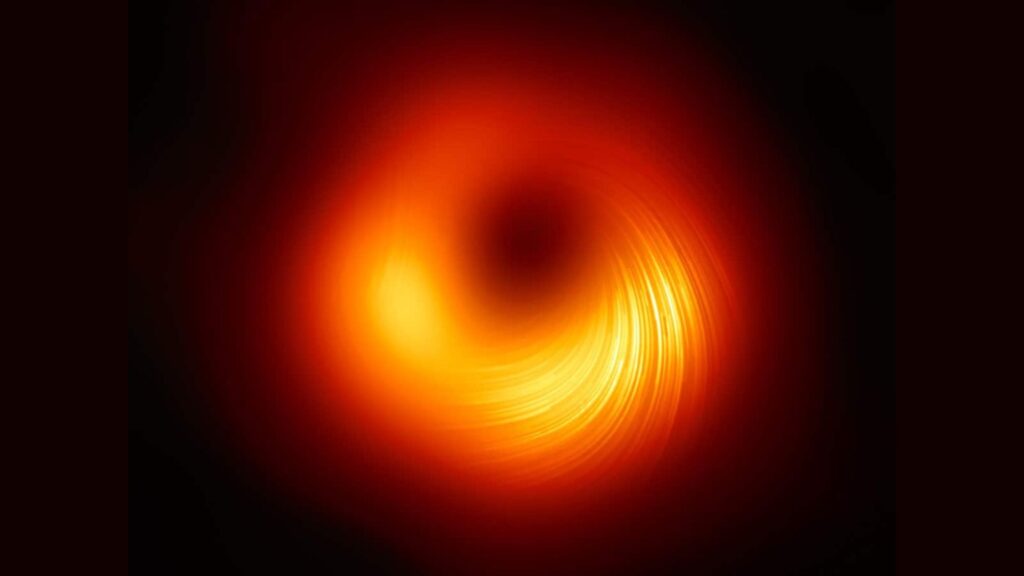
The Event Horizon Telescope collaboration has discovered that the magnetic fields surrounding M87*, the first imaged supermassive black hole, have completely reversed their spiral direction between 2017 and 2021. Published September 15 in Astronomy & Astrophysics, the new images show a polarization pattern that spiraled one way in 2017, stabilized in 2018, and then flipped by 2021, challenging existing theories of black hole magnetospheres.
Dynamic Polarization Reveals Turbulent Plasma
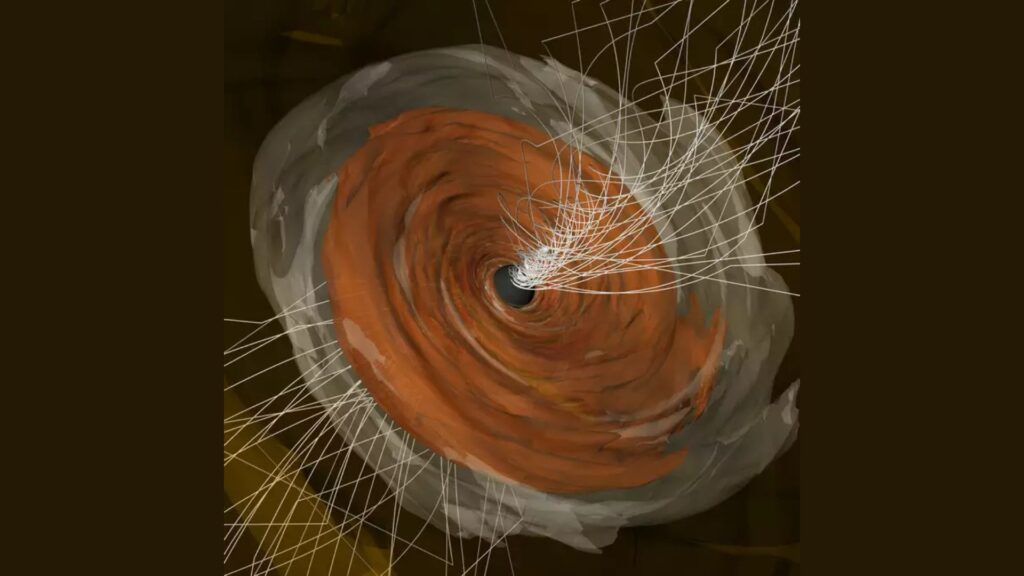
© George Wong
Researchers from the Max Planck Institute for Radio Astronomy report that the observed field reversal was “totally unexpected” and indicates a far more dynamic environment near the event horizon than previously believed (MPG). The polarization maps trace magnetized plasma currents, suggesting that turbulence and magnetic reconnection processes can rapidly reconfigure the field geometry around a 6.5-billion-solar-mass black hole.
Jet Base Emissions Captured for the First Time
Alongside the polarization study, the EHT’s enhanced array—including the Kitt Peak and NOEMA telescopes added in 2021—detected faint radio signals from the base of M87’s relativistic jet for the first time. Sebastiano von Fellenberg of the Max Planck Institute noted that “improved calibration led to a remarkable boost in data quality,” enabling identification of the jet-launch region close to the black hole’s shadow (University of Arizona).
Implications for Black Hole Physics
The field reversal forces a reevaluation of theoretical models describing how magnetic fields mediate accretion and jet formation. Paul Tiede of the Center for Astrophysics | Harvard & Smithsonian, co-lead of the study, emphasized that while EHT’s consistent ring size confirms Einstein’s shadow prediction, the varying polarization underscores unanticipated complexity in plasma behavior.
Korean collaborators highlight that these findings demonstrate magnetized plasma near the event horizon is “far from static; it’s dynamic and complex, pushing our theoretical models to the limit” (Physics World). Future EHT campaigns will focus on capturing real-time polarization evolution to unravel the mechanisms driving these dramatic magnetic flips.




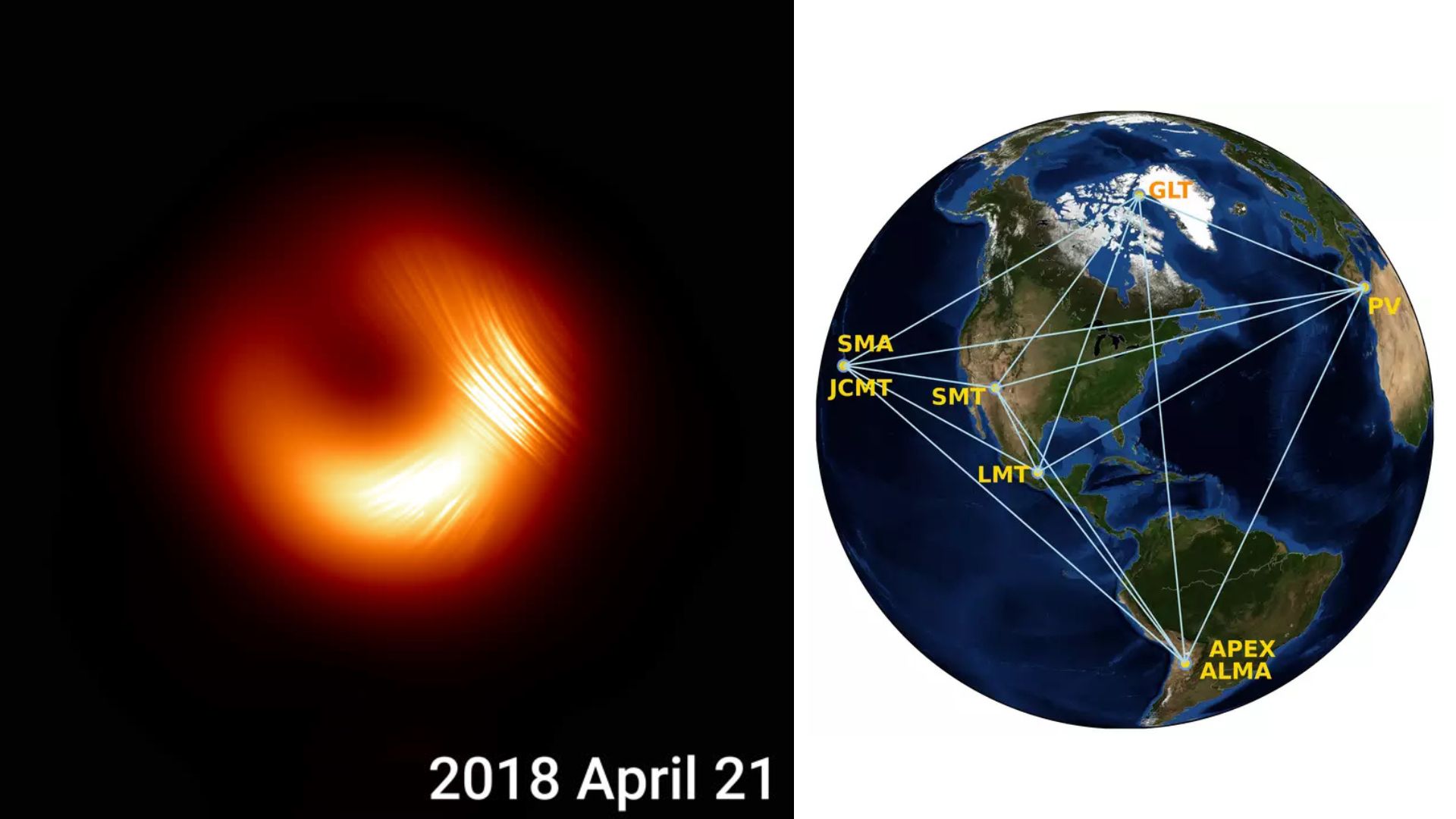
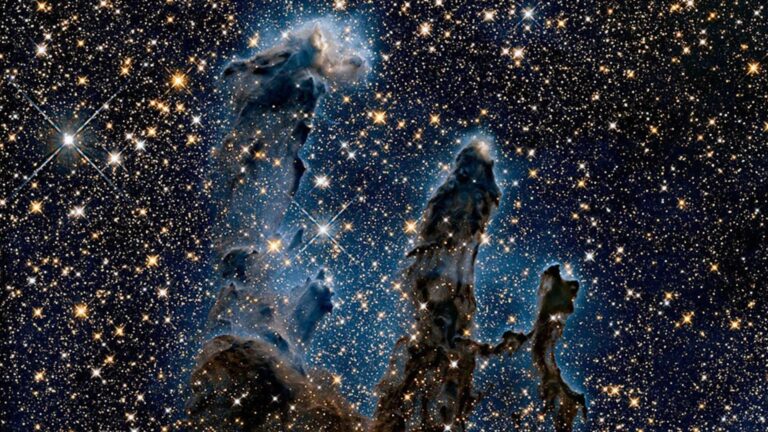
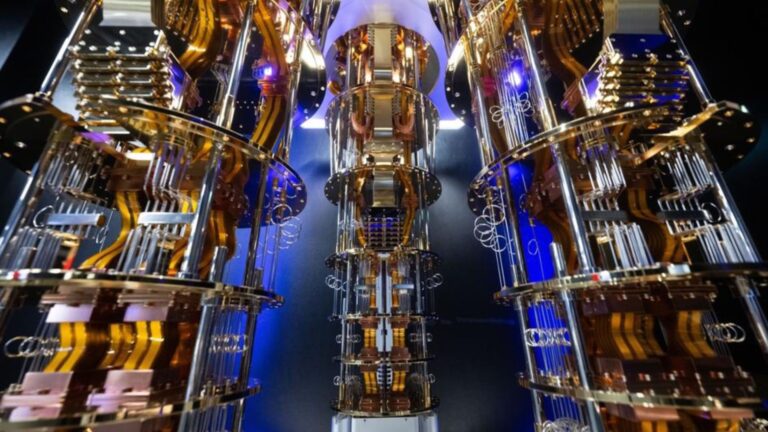






I don’t think the title of your article matches the content lol. Just kidding, mainly because I had some doubts after reading the article.